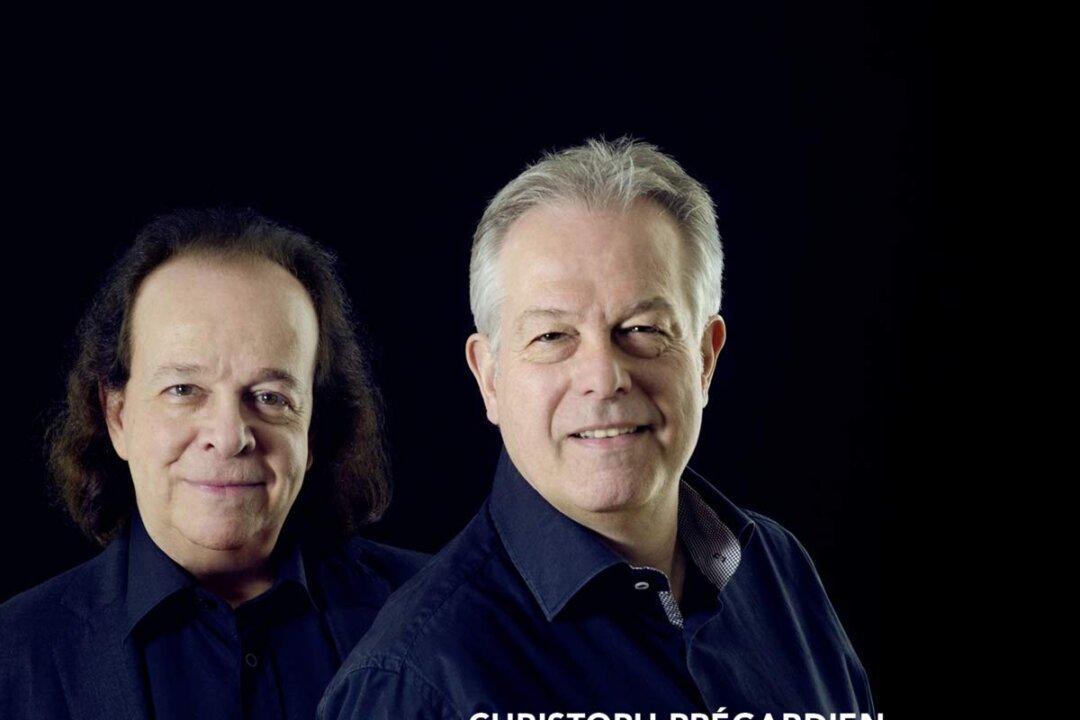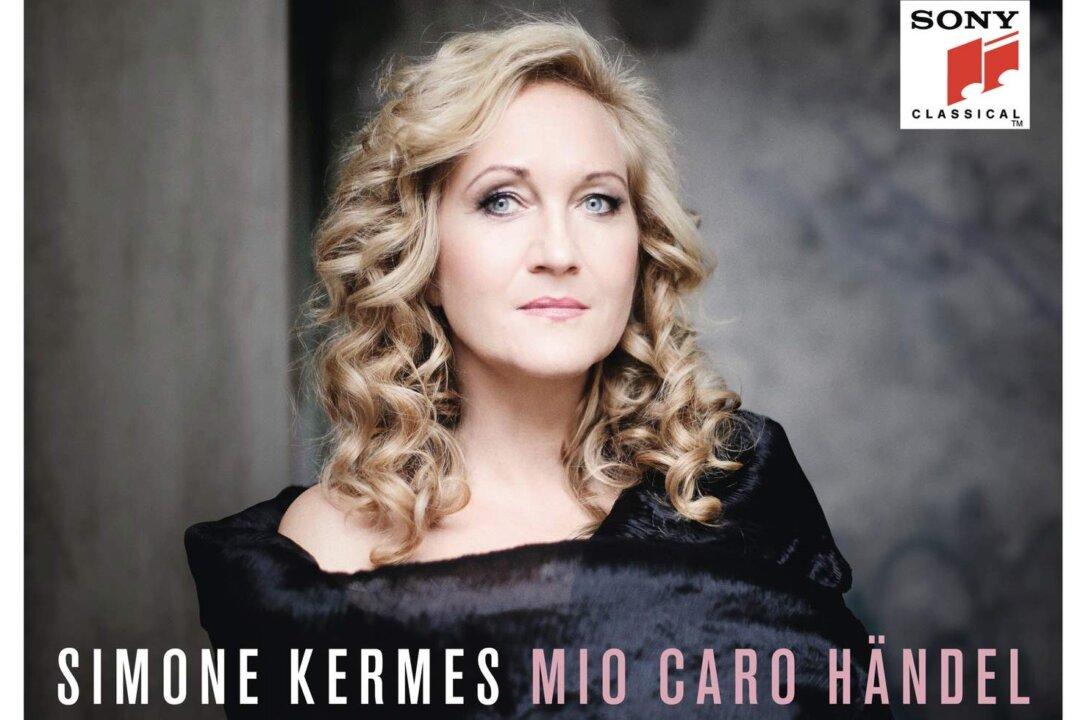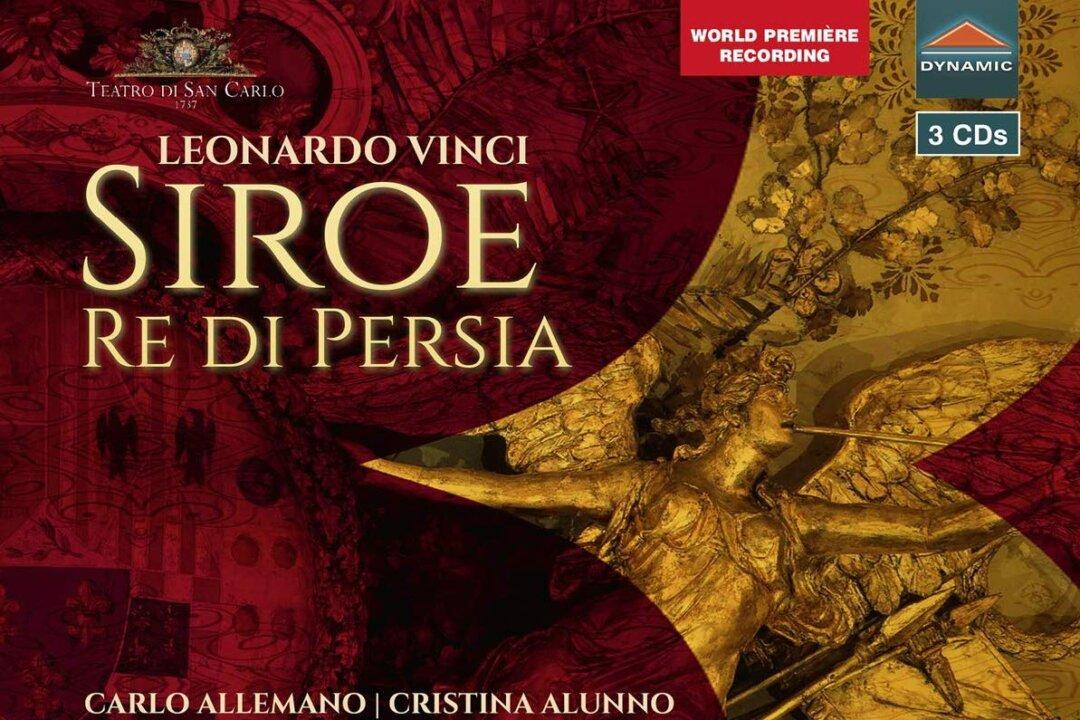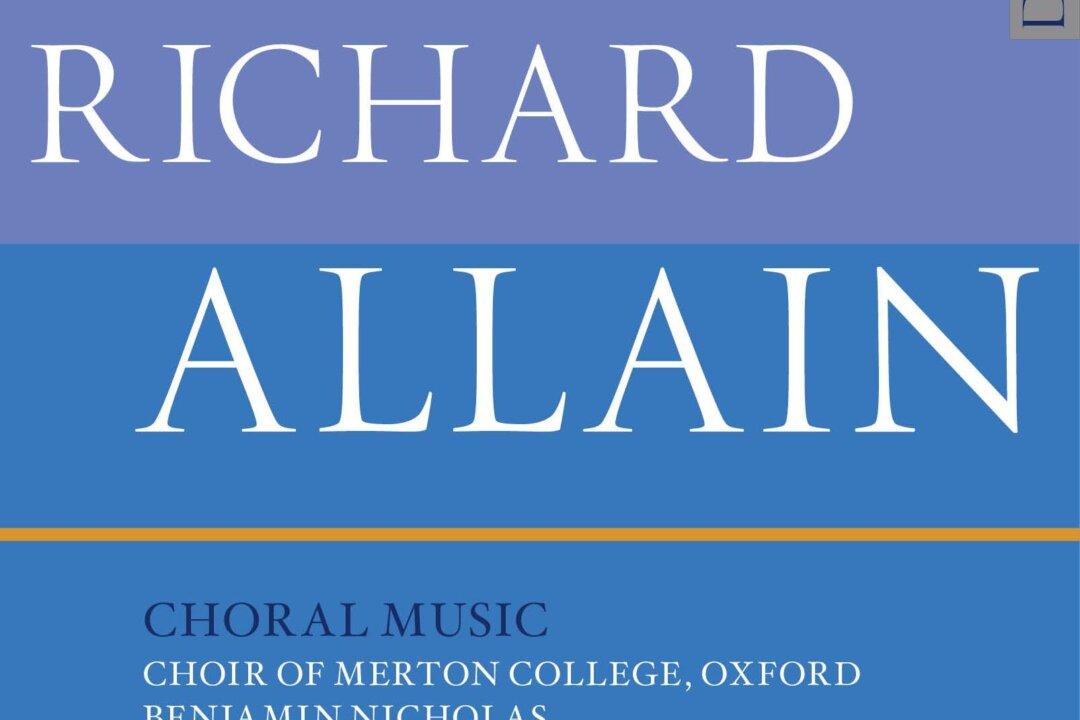This beautifully imaginative album “Auf Flügeln des Gesanges: Romantic songs and piano transcriptions,” on Challenge Records, alternates between a song and its own piano transcription: from a Schubert song to Liszt’s Schubert, from Schumann’s song to Clara Schumann’s transcription of her husband’s work, from a Brahms piece to a Gerald Moore’s Brahms; and it combines the talents of two great performers—tenor Christoph Prégardien and pianist Cyprien Katsaris—in these two different yet related art forms.
The public song recital is a relatively recent phenomenon, as a song was often a more domestic genre with public recitals tending to be a mix of song and instruments. It was Liszt’s example that transferred the song to the concert hall via the piano transcription. So while it might not seem an obvious course to us—that is, transcribing a song for voice and piano for just piano—it was an established part of 19th-century repertoire and the melding of melody and accompaniment allowed for an element of discreet bravura on the piano.





